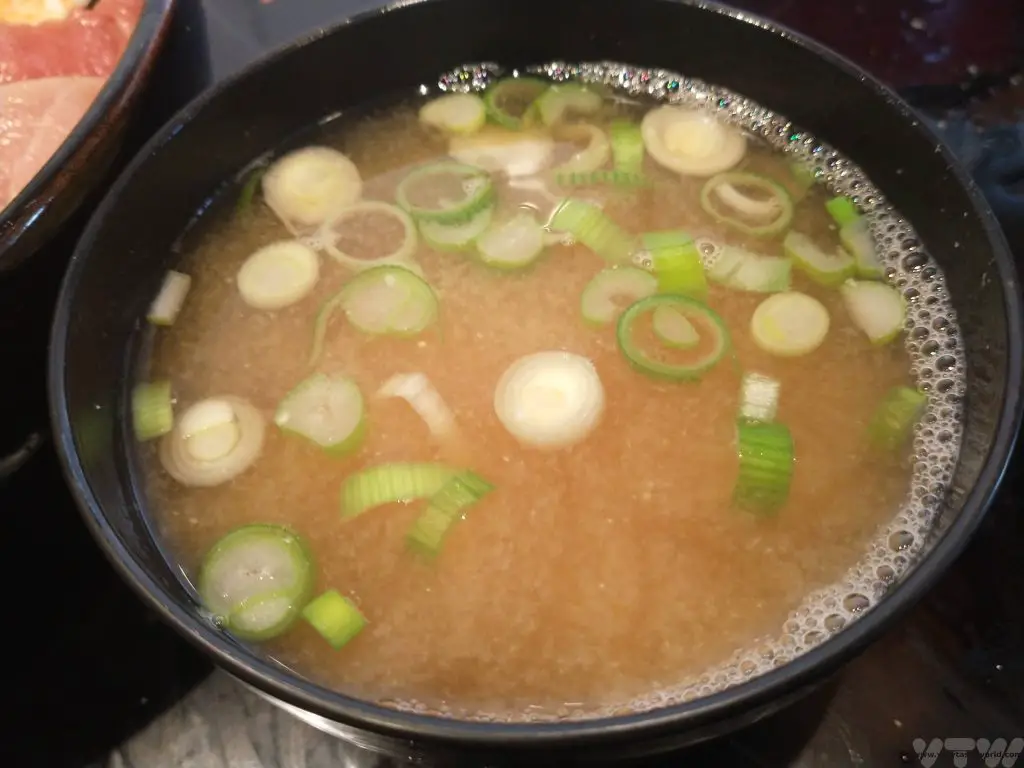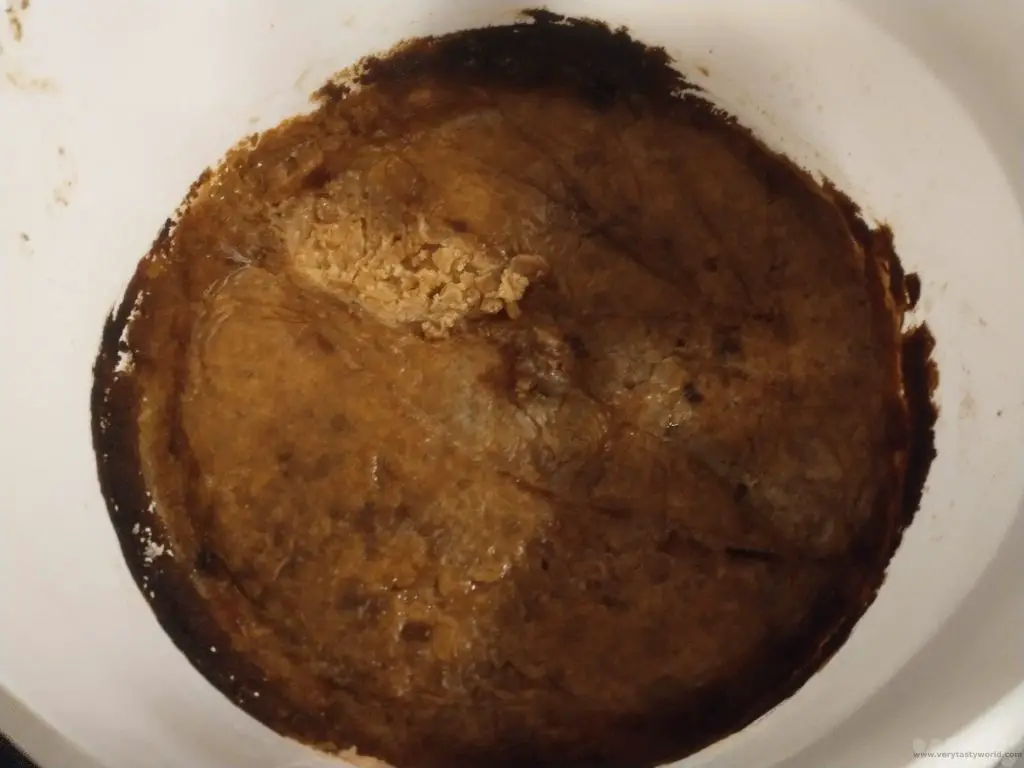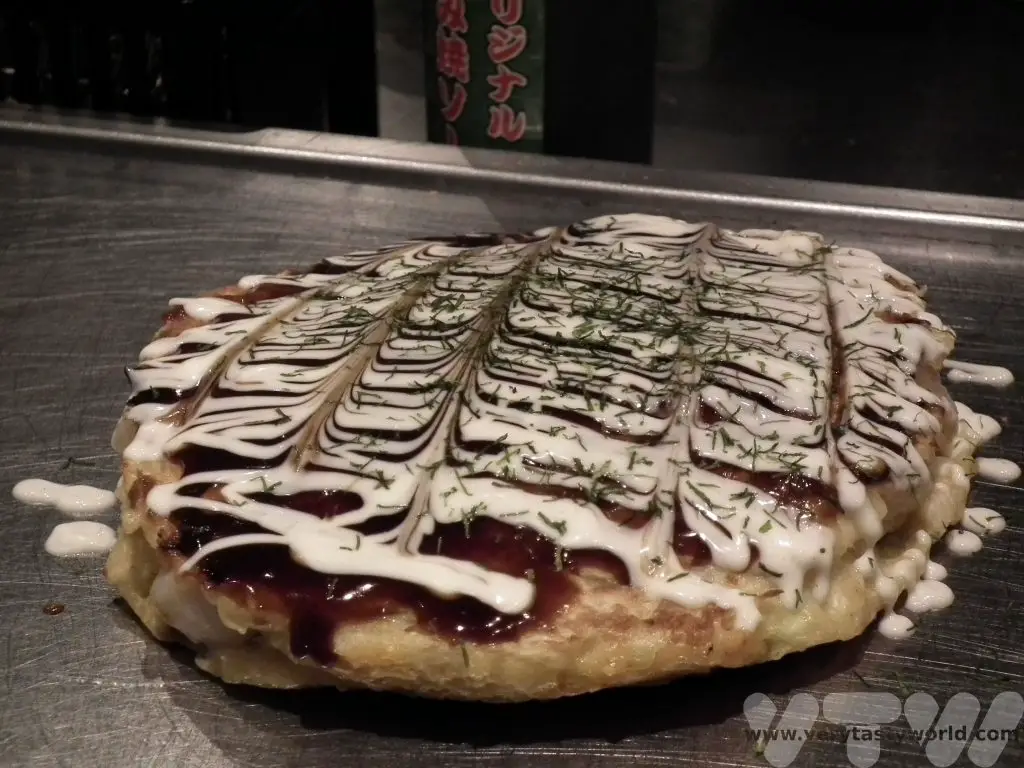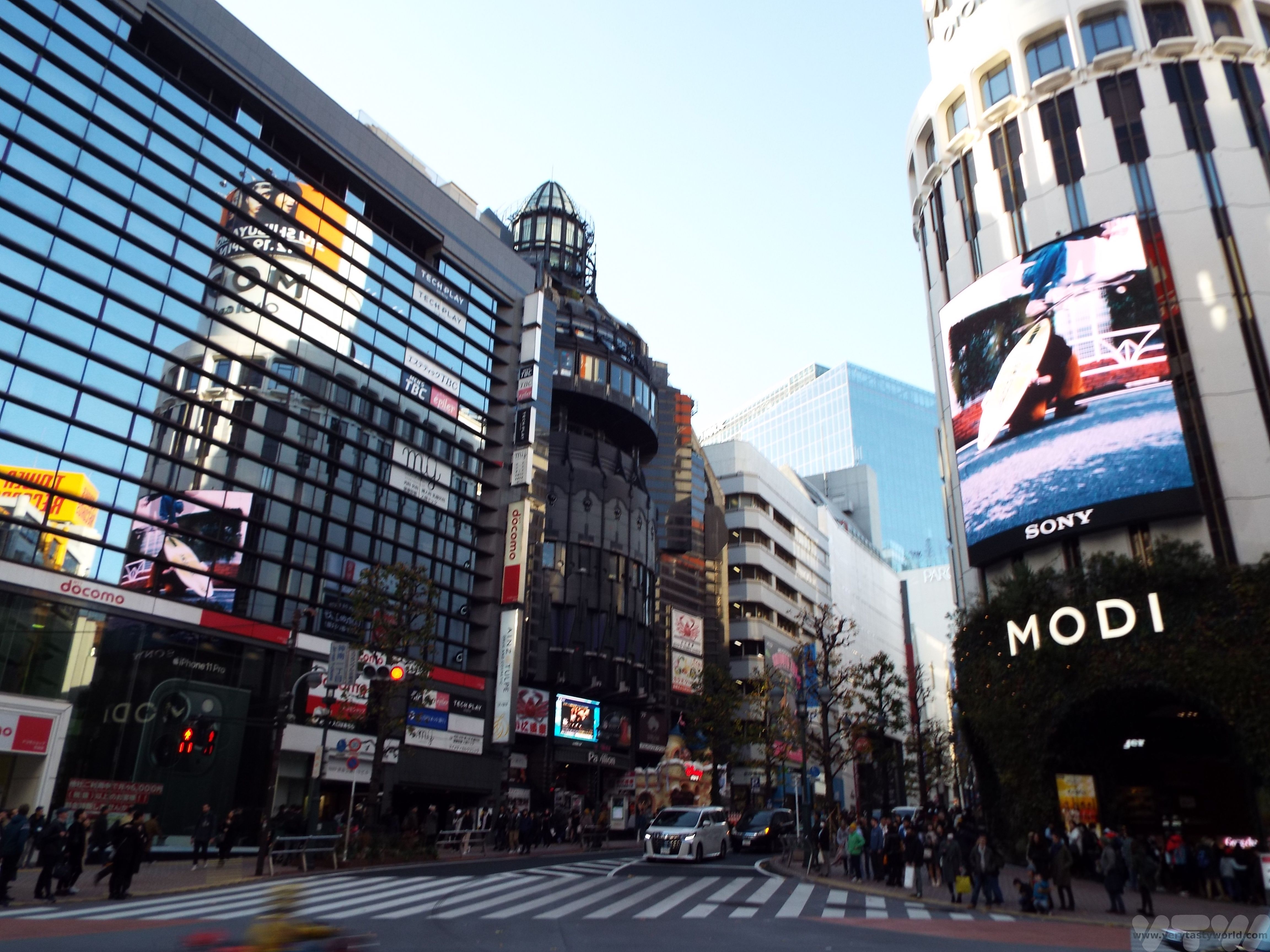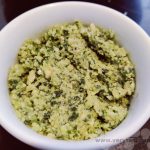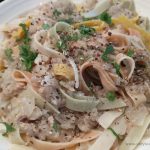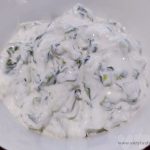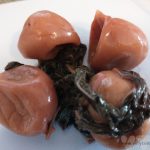Home » Posts tagged 'VeryTastyWorld'
Tag Archives: VeryTastyWorld
RECIPE: How to Make Japanese Dashi stock
Dashi is a Japanese soup stock which is really easy to make and very delicious indeed. It is a fundamental component of many Japanese dishes, such as miso soup, surinagashi and noodle dishes such as ramen and udon. It’s a very simple stock but provides a huge amount of flavour and definitely puts the “mmm” into umami, the fifth flavour. You can buy instant powdered dashi and just add water but if you can find the ingredients in your local Asian supermarket it’s really not much effort to make. The process is very simple and much quicker than traditional stock making in European cuisines, which generally require ingredients such as meat, vegetables and herbs to be boiled for several hours. Here is our Japanese dashi stock recipe
Japanese Dashi Stock Recipe
Dashi usually only uses a couple of ingredients. The dashi we made used konbu (kelp – a seaweed) and katsuobushi (bonito flakes, which are skipjack tuna flakes that have been simmered and smoked, then dried in the sun to ferment and finally shaved to wafer thin slices). Katsuobushi, like many fermented fish products (think nam pla – fish sauce from Thailand), smells somewhat stinky and not very pleasant when you open the packet, but somehow it adds a magical quality to the finished stock. Other dashi ingredients could include dried shiitake mushrooms or dried anchovies.
Ingredients
3 sheets of kombu kelp seaweed
EITHER
40g bonito flakes
OR
5 dehydrated shiitake mushrooms (for vegetarian or vegan version)
1 litre of water
Method
Make the dashi: Put kombu and bonito flakes (or shiitake mushrooms) into a saucepan of water.
Bring to a simmer. Skim off any froth.
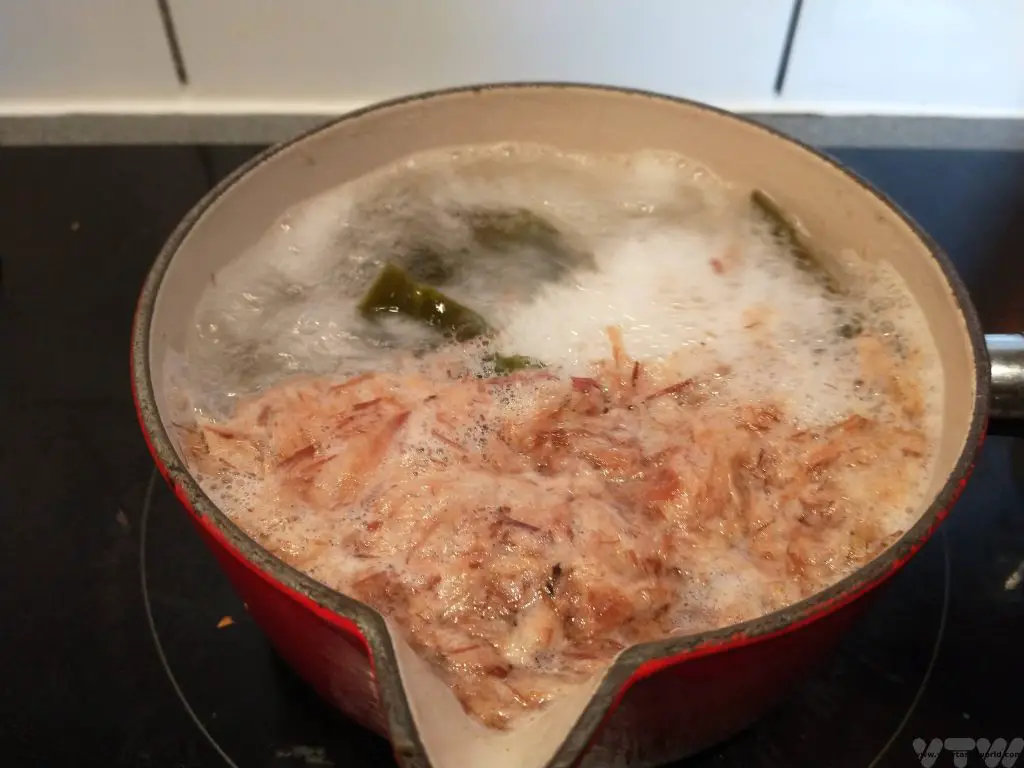
After 15 minutes, turn off the heat. You should have a clear broth
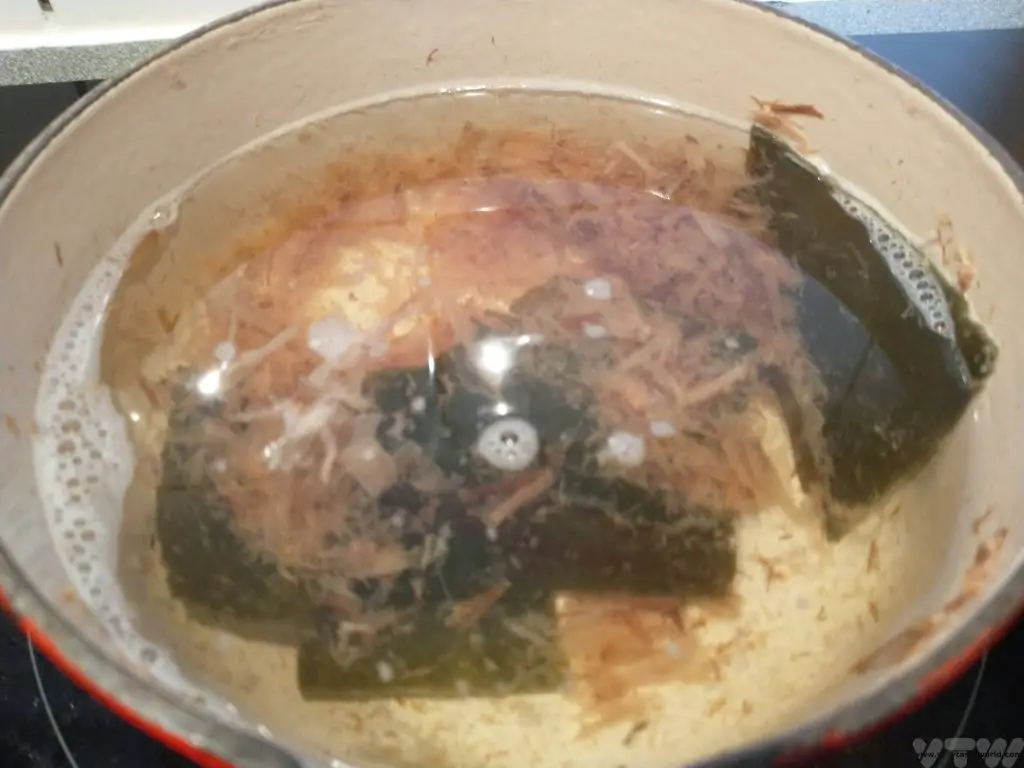
Sieve the solids from the broth.
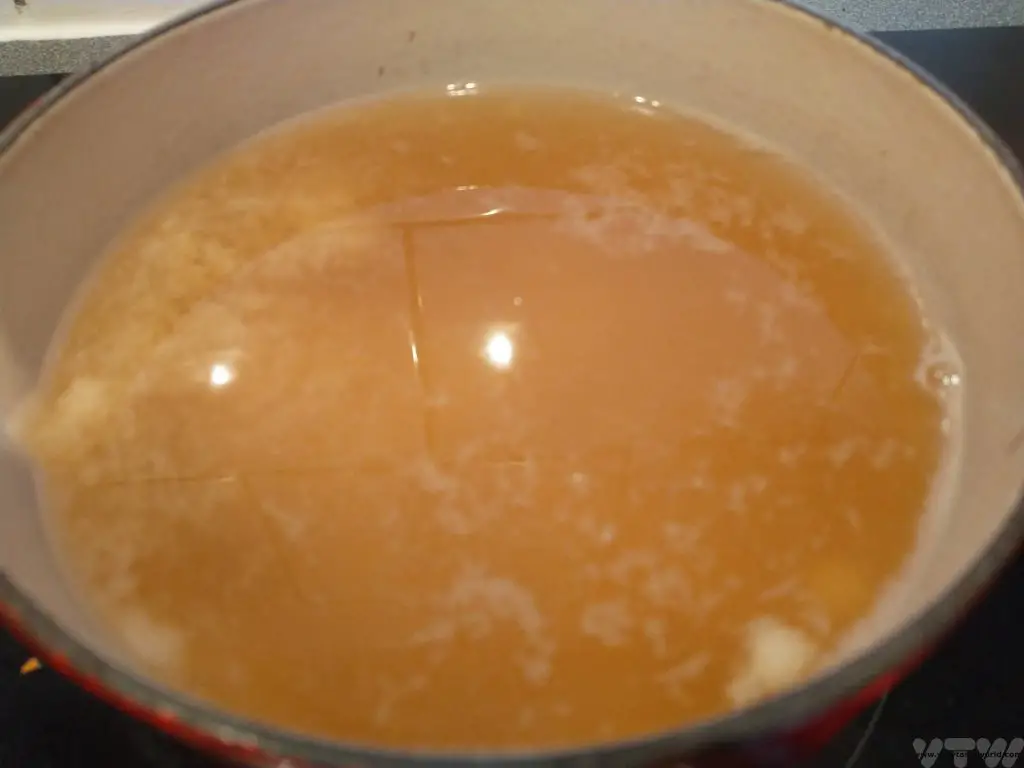
Keep the solid ingredients. You can dry these out and use them again to make a secondary dashi.
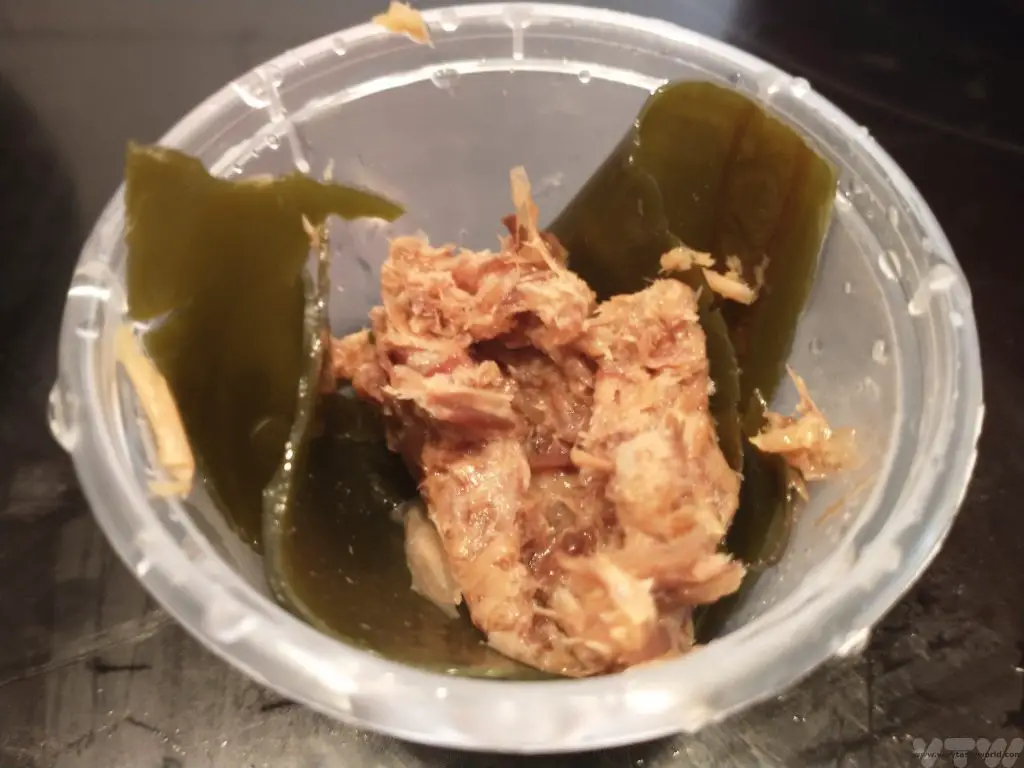
This Japanese dashi stock recipe is so easy to make and can be used in many delicious dishes.
Related Posts You May Enjoy
Please note that this post contains affiliate links. If you click the link and decide to make a purchase we will earn a small commission, at no cost to you, which helps towards running this site.

- RECIPE Oyakodon Donburi
- Zero Waste Recipes Before Your Holiday
- RECIPE: Vegetable Biryani Tamil Nadu Style
- RECIPE: Vegan Wild Garlic Pesto
- Recipe: Venetian Pasta Sauce
- RECIPE: Biryani Raita Recipe
- RECIPE: How to Make Costa Rica’s Gallo Pinto
- Recipe: Japanese Simmered Pork Belly – Buta no Kakuni
- RECIPE: How to Make Umeboshi



